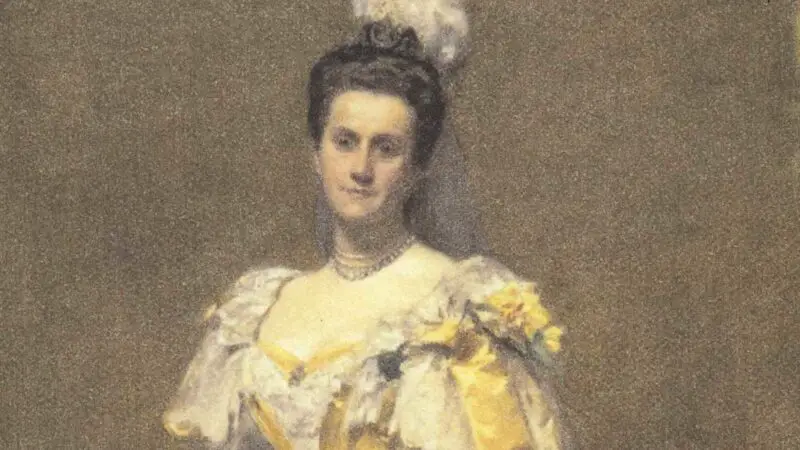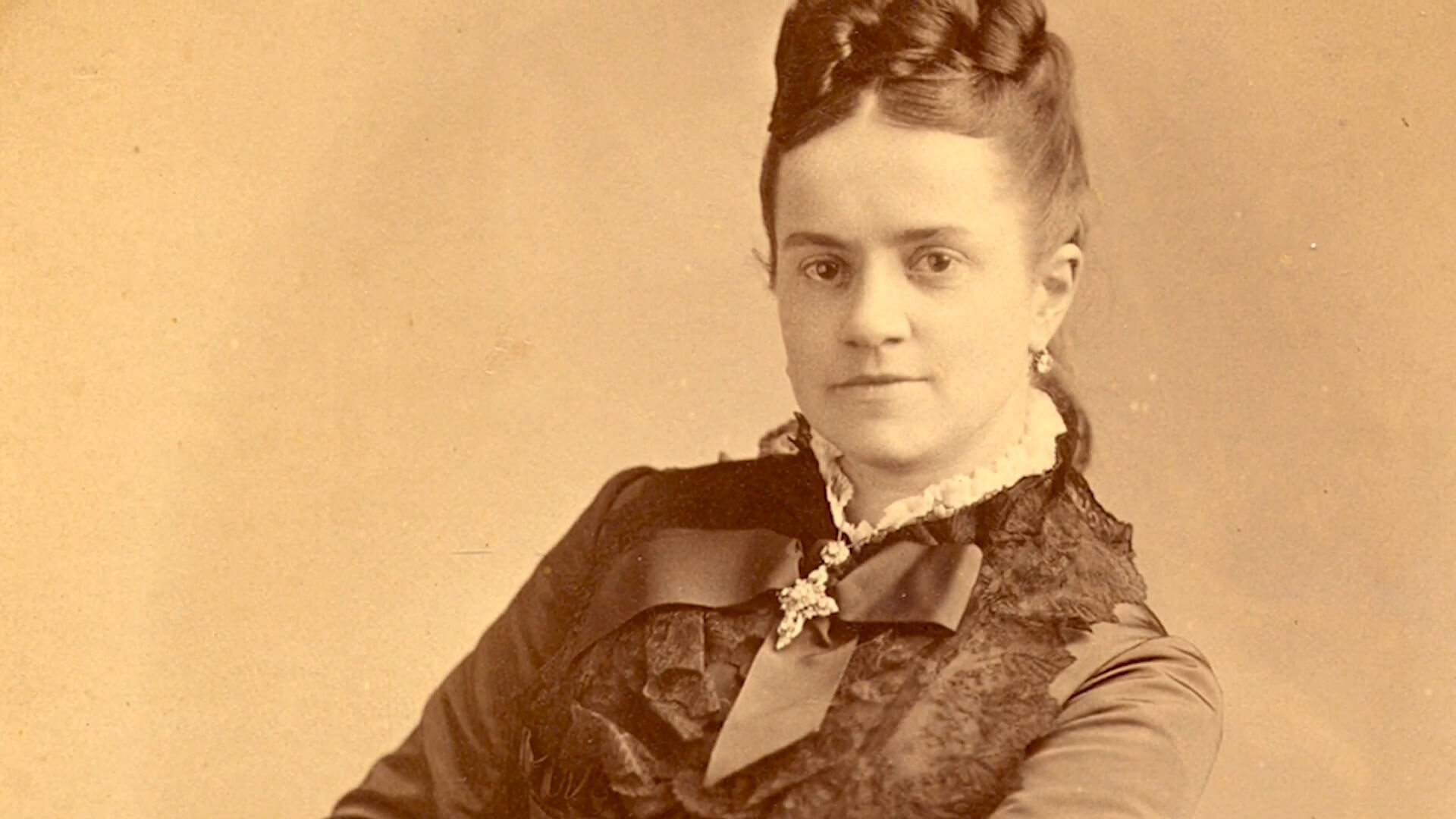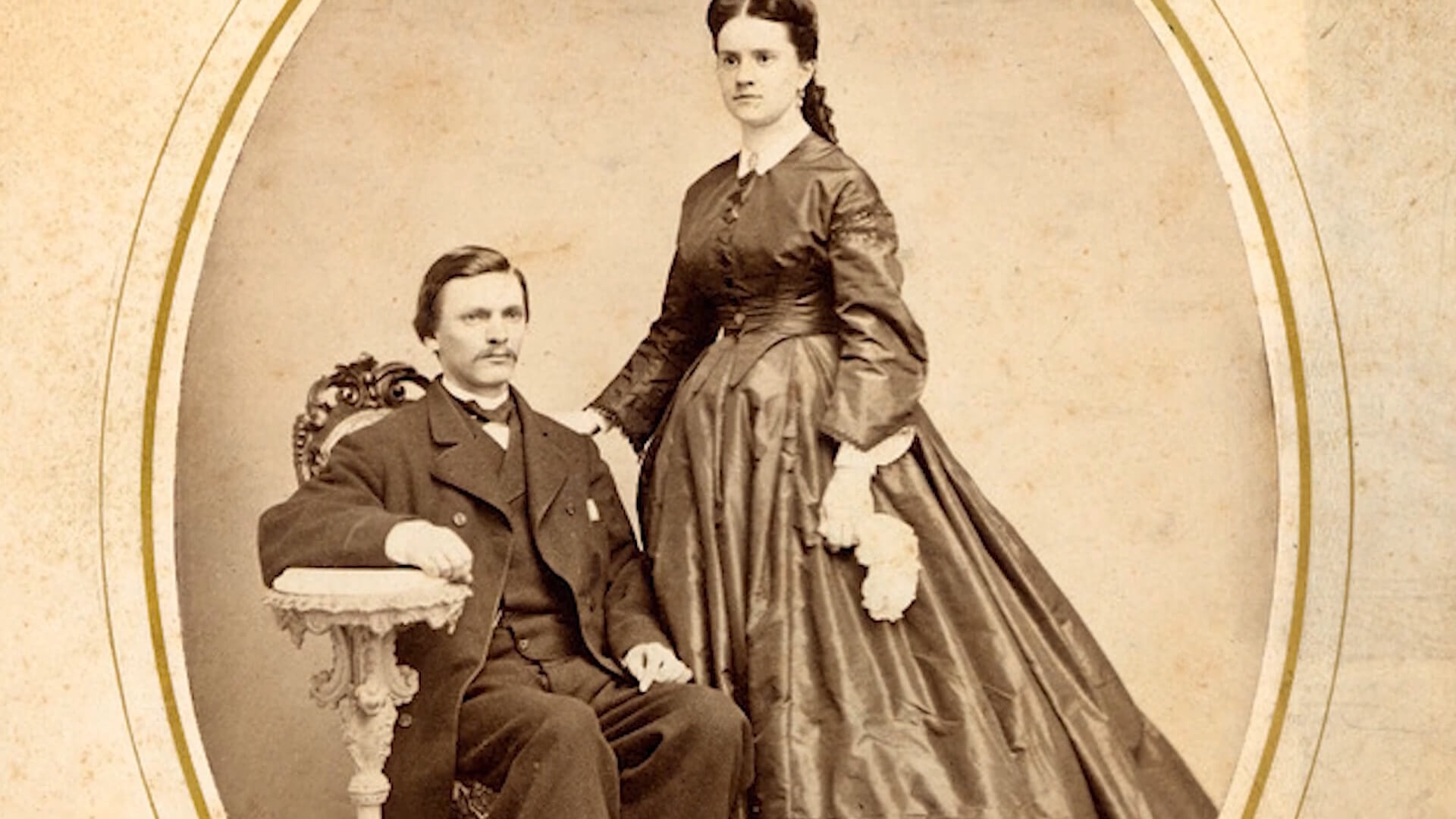The Brooklyn Bridge, an iconic symbol of innovation and architectural prowess, stands as a testament to human ingenuity.
Often celebrated for its engineering marvel, the bridge’s story is incomplete without recognizing Emily Roebling’s critical contributions.
This essay asserts that Emily Roebling played a crucial role in the construction of the Brooklyn Bridge, deserving greater recognition for her efforts.
Background on Emily Roebling
Emily Warren Roebling was born in 1843 in Putnam County, New York, into a family that valued education and intellectual pursuits.
Her father, Sylvanus Warren, was a New York State Assemblyman, which provided Emily with an opportunity to receive a quality education during a time when women’s education was often overlooked.
She attended Georgetown Academy, where she studied a diverse curriculum that included:
- History
- Astronomy
- Science
- Algebra
This strong educational foundation would later prove invaluable.
In 1864, Emily met Washington Roebling, the son of John A. Roebling, the original chief engineer of the Brooklyn Bridge project.
Their meeting occurred during the Civil War, a tumultuous period that shaped both of their lives.
They married in 1865, shortly after the war ended. Washington, an engineer himself, would soon be thrust into a position of immense responsibility following his father’s untimely death.
Emily’s early life and marriage set the stage for her pivotal involvement in one of the greatest engineering projects of the 19th century, demonstrating her capacity to adapt and excel in challenging circumstances.
The Challenge of the Brooklyn Bridge
The Brooklyn Bridge project began under the direction of John A. Roebling, a visionary engineer who dreamed of creating a suspension bridge that would connect Manhattan and Brooklyn.
Unfortunately, John Roebling’s involvement was cut short when he suffered a fatal injury while surveying the site in 1869.
His death led to his son, Washington Roebling, taking over as the chief engineer. Washington, although highly skilled and dedicated, soon faced his own set of challenges.
During the construction, Washington Roebling developed decompression sickness, also known as “the bends,” due to prolonged time spent in the caissons, underwater chambers used for the bridge’s foundation.
This debilitating condition left him bedridden and unable to oversee the daily operations of the construction.
The project faced the risk of significant delays and potential failure without strong leadership. In this crisis, Emily Roebling stepped forward, bridging the gap left by her husband’s incapacitation.
Her willingness to take on such a monumental task during a critical period highlighted her resilience and capability, which would prove essential to the project’s success.
Emily Roebling’s Role and Contributions
Emily Roebling assumed the role of de facto chief engineer for the Brooklyn Bridge, a position that required immense knowledge, determination, and leadership.
Acting as a liaison between her ailing husband, Washington Roebling, and the construction workers, she became the central figure in the bridge’s completion.
Emily immersed herself in the technical details of bridge construction, learning about stress analysis, cable construction, and the intricacies of engineering plans.
Her responsibilities extended beyond mere communication; she managed the construction site, dealt with contractors, inspected construction work, and handled political and media interactions.
Emily’s ability to navigate these complex aspects of the project showcased her multifaceted skills and deep commitment.
Despite her crucial role, public perception at the time was limited, and her contributions were often overshadowed by her husband’s legacy. Nevertheless, her dedication ensured the project’s continuity and success.
Summary
Emily Roebling’s pivotal role in the Brooklyn Bridge’s construction deserves widespread recognition.
Her technical expertise and leadership were instrumental in overcoming significant challenges.
Recognizing her contributions underscores the importance of highlighting women’s achievements in history and STEM fields.





